|| Hardware & Networking Course in Anand
A Hardware & Networking Course in Anand provides students with the essential skills and knowledge required to understand, install, configure, and troubleshoot computer hardware and networking systems. This comprehensive training program covers a wide range of topics such as operating systems, network protocols, peripherals, computer assembly, maintenance, security, and troubleshooting methods. The course is designed to offer in-depth expertise in computer hardware components, networking technologies, and their practical applications. Key areas include computer assembly and maintenance, troubleshooting hardware issues, understanding operating systems, and the fundamentals of networking, such as LAN, WAN, IP addressing, and network security. Students also gain hands-on experience configuring and managing network devices like routers, switches, and firewalls through practical labs and projects.
By completing a Networking Course, individuals gain the technical skills needed to excel in roles such as IT support, network administrator, and systems analyst, which are highly sought after across various industries. The course includes Hardware classes aimed at building foundational knowledge in computer assembly, network setup, and troubleshooting. Along with Hardware & Networking training sessions, students will engage in real-world scenarios, including configuring network devices and resolving network issues. This combination of theoretical learning and practical experience helps students gain the confidence to work in a fast-paced IT environment.
Upon completion of the program, students receive a certification, which validates their skills and knowledge in hardware and networking. This certification is a valuable asset for those looking to pursue careers in the IT sector. The Hardware & Networking Course in Anand equips students with the expertise required to meet industry demands, ensuring they are well-prepared to succeed in the technology-driven world.





 4.8 (21,636) reviews
4.8 (21,636) reviews


 Read more
Read more 
